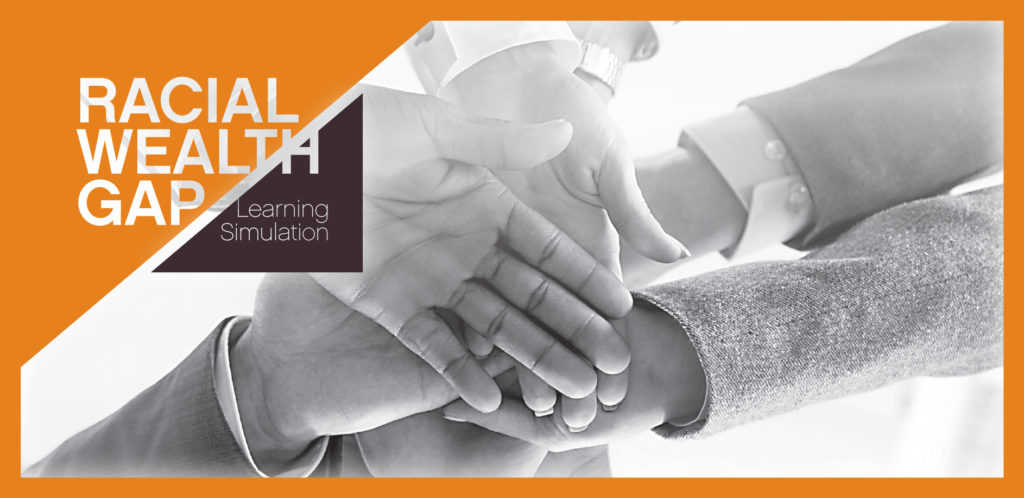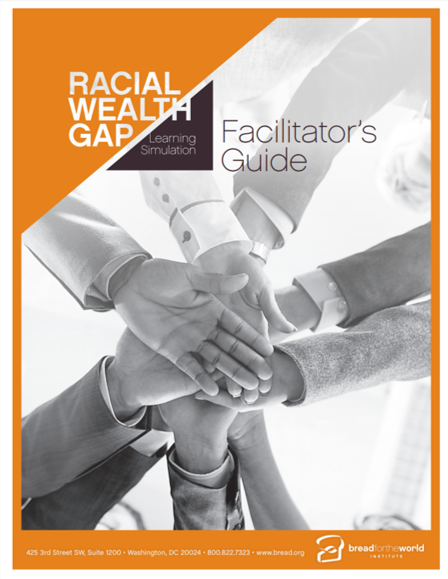
Tools to Engage Webinar Series Part 4: Racial Wealth Learning Simulation
The Building Movement Project (BMP) recently hosted a webinar designed to help listeners gain a deeper understanding of the root causes of hunger and the connections between racial equity, hunger, poverty, and wealth.
In an interview with simulation designer Marlysa D. Gamblin, Domestic Advisor for Policy and Programs, Specific Populations at Bread for the World we learned about Bread’s new Racial Wealth Gap Learning Simulation—an interactive tool that helps people talk about race and learn about the importance of racial equity. Simulation user Marla Karina Larrave, Associate Director for Grassroots Advocacy at National Sustainable Agriculture Coalition, then shared her organization’s experience of applying the tool and the external and internal impacts of the application, as well as challenges and lessons learned along the way.
In case you missed the webinar, we’ve made it easy to watch a recording and download a PDF of the slides.
Below, please find the resources mentioned on the webinar:

Racial Wealth Gap Learning Simulation
The simulation an interactive tool that helps people understand the connections among racial equity, hunger, poverty, and wealth. It is a good first step for people unaware of structural inequality, a support tool for those who want a deeper understanding of structural inequality, and a source of information for experts who want to know the quantifiable economic impact of each policy that has widened today’s racial hunger, income, and wealth divides.
In the simulation, participants learn how federal policies created structural inequalities—property ownership and education are just two among many areas affected—and how these policies increase hunger and poverty in communities of color. The simulation guides participants to an understanding of why racial equity is so important to ending hunger and poverty in the United States. Our hope is that participants, in becoming more aware of structural inequality, can support policies that undo and/or reduce disparities.
Since the simulation emphasizes the importance of racial equity, it can be a helpful companion tool for churches, organizations, agencies, schools, and communities that have begun working on race and want to learn more about the role that public policy has had, over time, in creating structural divides based on race.
